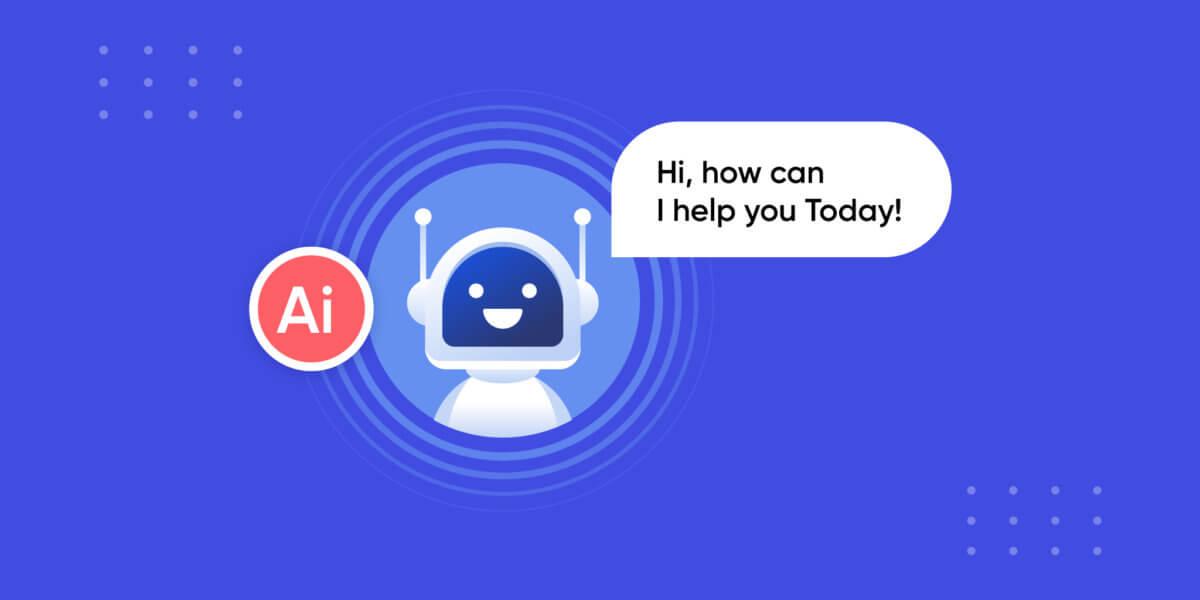In today’s digital age, AI chatbots have become an essential component for businesses looking to enhance customer engagement and streamline operations. Their ability to provide instant support, gather data, and automate tasks makes them valuable tools. This article explores the tools and techniques involved in developing AI chatbots, along with insights into best practices, benefits, and practical tips for successful implementation.
Understanding AI Chatbots
Before diving into the development process, it’s crucial to understand what AI chatbots are and how they function. Chatbots are software applications designed to simulate human conversation through voice commands, text chats, or both. They leverage artificial intelligence (AI) to understand user queries and respond appropriately, using Natural Language Processing (NLP) to comprehend context and intent.
Benefits of Developing AI Chatbots
-
- 24/7 Availability: Chatbots are always on, providing instant responses to customer inquiries any time of day.
-
- Cost-Effective: Reduce operational costs by automating routine tasks and minimizing the need for large customer service teams.
-
- Enhanced User Experience: Offer personalized interactions and quick resolutions, which can lead to improved customer satisfaction.
-
- Data Collection: Gather valuable user data and insights, which can be utilized for analytics and improvements.
Essential Tools for Developing AI Chatbots
Creating an effective AI chatbot requires a blend of various tools and technologies. Here are some of the essential tools you might consider:
| Tool | Purpose | Best For |
|---|---|---|
| Dialogflow | NLP & Machine Learning | Startups & Developers |
| Microsoft Bot Framework | Comprehensive Bot Development | Enterprise Solutions |
| Chatfuel | Visual Bot Builder | Non-Technical Users |
| IBM Watson Assistant | Advanced AI & Machine Learning | Businesses with Complex Needs |
| Rasa | Open Source Development | Developers & Tech-Savvy Users |
Techniques for Developing AI Chatbots
Implementing chatbot technology requires a combination of strategies. Here are some key techniques:
1. Define the Use Case
Before development, clarify what problems your chatbot will solve or what tasks it will handle. Typical use cases include customer support, lead generation, and information retrieval.
2. Choose the Right Platform
Select a platform based on your technical skills and business needs. Platforms like Dialogflow and Rasa cater to different levels of expertise, from novice to advanced developers.
3. Design Conversational Flows
Implement clear conversational flows that guide users through interactions. Utilize flowcharts, scripts, or even prototyping tools to structure these conversations effectively.
4. Leverage NLP and Machine Learning
Integrate NLP capabilities to enable your chatbot to understand user inputs better. Machine Learning algorithms can help improve responses over time, enhancing user experience.
5. Train Your Chatbot
Regularly train your AI chatbot using real conversations and user interactions to refine its performance. Utilize feedback loops to incorporate user suggestions.
Practical Tips for Successful Chatbot Development
-
- Start Simple: Begin by creating a basic version of your chatbot and gradually add complexity as you analyze user interactions.
-
- Test Thoroughly: Conduct rigorous testing with real users to identify areas for improvement before launching your chatbot.
-
- Monitor Performance: Use analytics tools to track your chatbot’s performance, such as response time, user satisfaction, and engagement rates.
-
- Ensure Compliance: Understand and implement privacy regulations to protect user data, such as GDPR and CCPA compliance.
Case Studies: Real-World Applications
Understanding successful implementations can provide valuable lessons. Here are a couple of case studies:
Case Study 1: Sephora
Beauty giant Sephora utilized a chatbot on Facebook Messenger to assist customers with product queries, makeup tips, and personalized product recommendations. The chatbot improved customer engagement, resulting in increased sales and customer loyalty.
Case Study 2: H&M
Fashion retailer H&M launched a chatbot that acts as a virtual shopping assistant. It helps customers find the right products according to their preferences, thereby enhancing the shopping experience and boosting sales.
First-Hand Experience: Lessons Learned
As a developer who has worked on creating AI chatbots, I learned several invaluable lessons:
-
- Understand Your Users: Engaging with your target audience early in the design process can reveal essential insights.
-
- Iterate Often: Continuous improvements based on user feedback lead to better performance and satisfaction rates.
-
- Employ Human-like Interaction: Integrating empathy into responses can enhance user experience and make interactions feel more natural.
Conclusion
Developing AI chatbots can significantly boost your business efficiency and customer satisfaction. With the right tools, techniques, and a clear understanding of your goals, you can create compelling chatbots that serve your audience effectively. Remember to continuously analyze and improve your chatbot based on user interactions and feedback. As technology advances, the potential of AI chatbots will continue to grow, making them an ever-evolving asset for businesses of all sizes.

